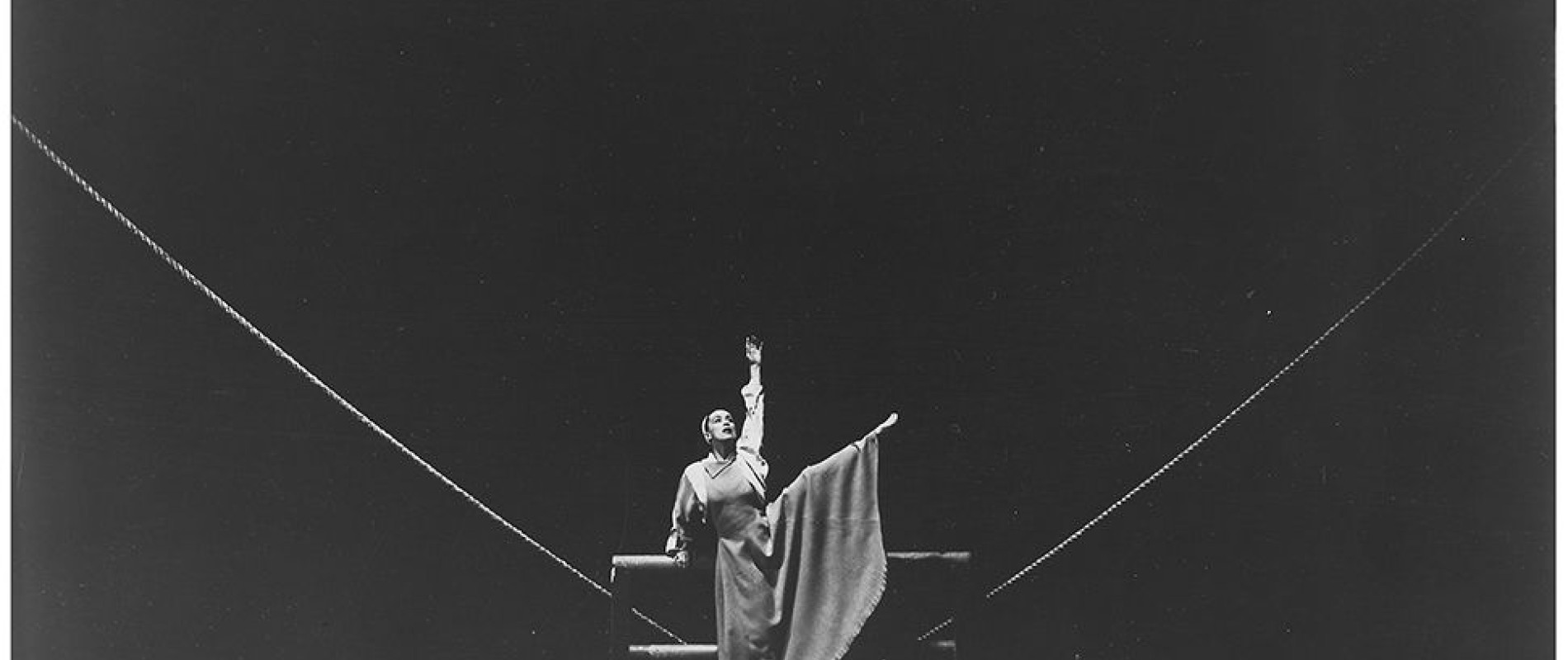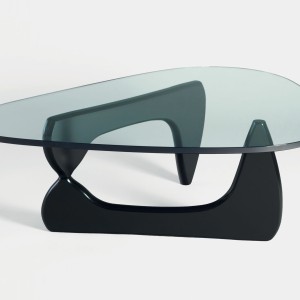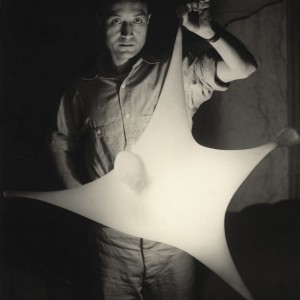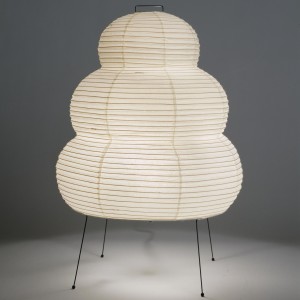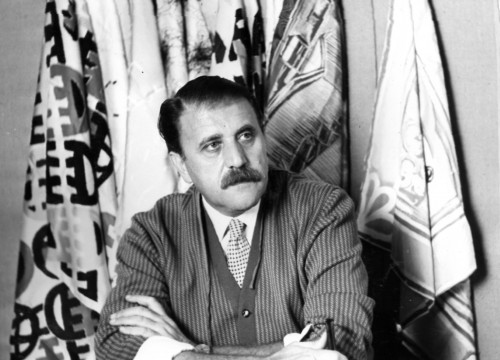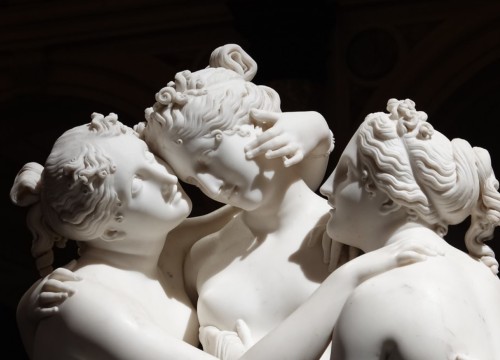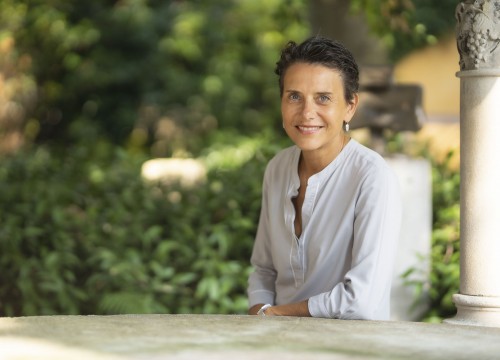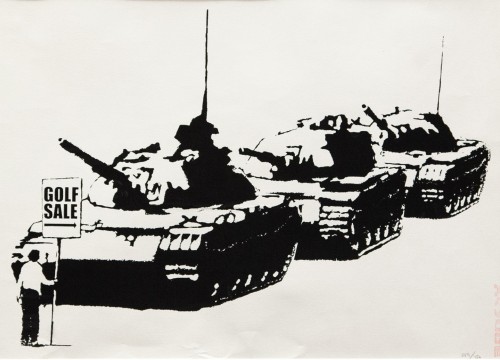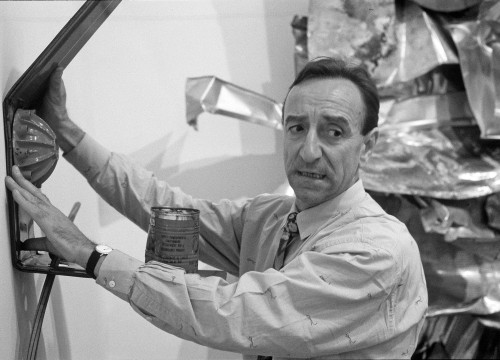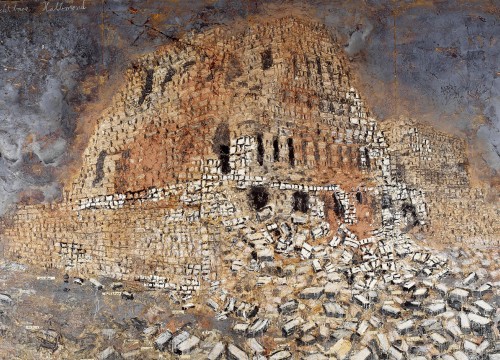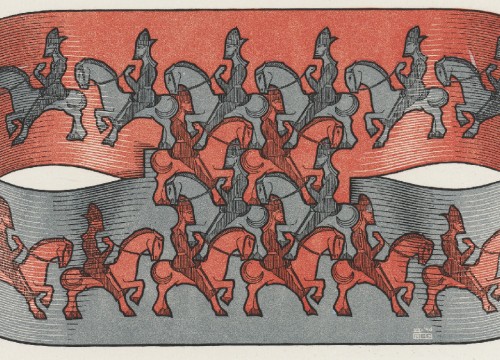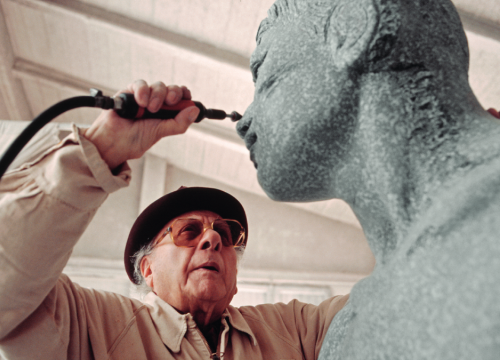London • At the Barbican a great retrospective of Isamu Noguchi
150 artworks on display highlighting the multidisciplinary nature of the artist: sculptor, designer, set designer, architect and landscape architect
Isamu Noguchi’s physical appearance is a map of his history. The sweet and inaccessible mystery behind his gaze recalls that of his mother, an American writer, and the firmness and depth is similar to that of his father, a Japanese poet. An artistic and emotional union from which the sculptor, designer, scenographer, architect, and landscapist has received the imprinting of elegance and sensibility to then transfer it in his prolific and multidisciplinary career.
He used different materials by molding them into his own dreams and imagination
However, the balance that his works express is the result of his never ending journey between East and West that has inspired in him a continuous experimentation. From his first exhibition in New York in 1928 and after his apprenticeships with Brâncusi in Paris and Qi Baishi in Beijing, he worked on his own and never completely quenched his thirst for creative research. From the encounter with Japanese ceramics to that with the Chinese ink brush techniques, from the study of Italian marbles to the fascination for ikebana he draws inspiration to design and create a real artistic heritage in over 60 years of activity.
This is why the Barbican Gallery in London intends to recount this freedom of expression until the 9th of January, hosting the first European traveling retrospective for 20 years of the master, through a selection of 150 works from public and private collections, sculptures, unpublished archival materials and photographs.
“Everything is sculpture” according to the artist, who challenges a long list of materials such as stainless steel, aluminum sheet, marble, cast iron, balsa wood, bronze, basalt, granite, water and other materials, domesticating them to his own dreams, subjecting them to his imagination from which they will originate iconic objects such as the Noguchi table of 1947 and the Akari luminous sculptures of 1951, both still in production. He has also ventured into monumental public projects such as “History of Mexico”, a relief mural commissioned in 1936 and the Garden of Peace of the UNESCO building in Paris in 1958. At the same time, he was a set designer alongside the pioneers of radical dance, the choreographers Ruth Page and Martha Graham.
He died in 1988, after having represented the United States at the Venice Biennale in 1986 and immediately after receiving the third Order of the Sacred Treasury from the Japanese government. Isamu Noguchi has been able to model matter and space but above all the time that continues, after his disappearance, to bend to his design of freedom, leaving the artworks remember his story, for many long years to come.

